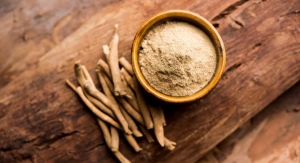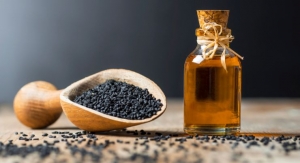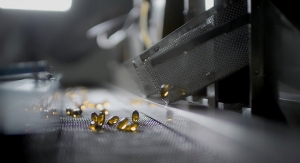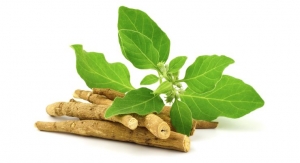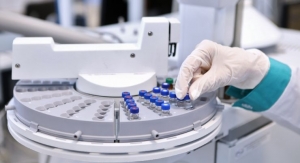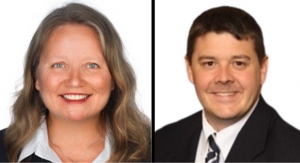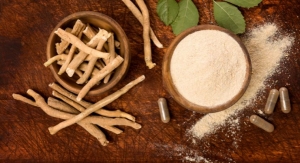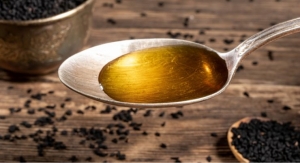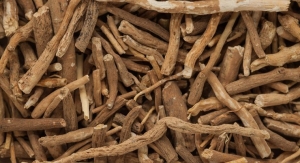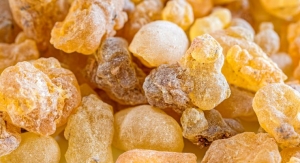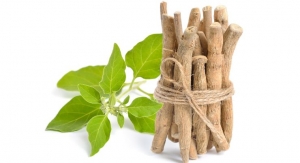11.15.17
An analytical study of Reishi medicinal mushroom products sponsored by the United States Pharmacopeial Convention (USP) was published in the journal Nature (August, 2017), examining 19 different products sold in the U.S for the compounds that characterize a real Reishi mushroom (fruiting body). The researchers used scientifically identified and validated Reishi mushrooms as their standard.
In the USP study, they utilized testing methods including HPTLC, Colorimetric method, GC-MS, and High Performance Size-exclusion Chromatography. The results of the study found only five of the 19 samples could be verified as genuine Reishi mushroom. Most of the other products lacked characteristic triterpenoids, and also had a starch-like polysaccharide profile that was inconsistent with that of a Reishi mushroom.
During the study, Jeff Chilton, founder of Nammex, was in contact with USP and alerted the researchers to quality control issues including mycelium products that are grown on grain. Many of the samples they had purchased, which were sold and labeled as mushroom, were in fact mycelium on grain, according to the company. Mr. Chilton was permitted to submit three Nammex Reishi mushroom extract samples for examination.
Commenting on its findings, USP stated: “The results showed that the measured ingredients of only five tested samples (26.3%) were in accordance with their labels, which suggested the quality consistency of G. lucidum dietary supplements in the U.S. market was poor, which should be carefully investigated.” Three of the five samples (60%) that passed USP’s testing standards were the Nammex extracts, the company said.
In a statement from Nammex, it noted USP’s findings validate Mr. Chilton’s 2015 white paper, “Redefining Medicinal Mushrooms,” and his presentation to the International Society for Mushroom Science symposium in 2016. Nammex went on to commended USP for initiating this study and assisting the supplement industry with the validation of quality standards for mushroom products.
In the USP study, they utilized testing methods including HPTLC, Colorimetric method, GC-MS, and High Performance Size-exclusion Chromatography. The results of the study found only five of the 19 samples could be verified as genuine Reishi mushroom. Most of the other products lacked characteristic triterpenoids, and also had a starch-like polysaccharide profile that was inconsistent with that of a Reishi mushroom.
During the study, Jeff Chilton, founder of Nammex, was in contact with USP and alerted the researchers to quality control issues including mycelium products that are grown on grain. Many of the samples they had purchased, which were sold and labeled as mushroom, were in fact mycelium on grain, according to the company. Mr. Chilton was permitted to submit three Nammex Reishi mushroom extract samples for examination.
Commenting on its findings, USP stated: “The results showed that the measured ingredients of only five tested samples (26.3%) were in accordance with their labels, which suggested the quality consistency of G. lucidum dietary supplements in the U.S. market was poor, which should be carefully investigated.” Three of the five samples (60%) that passed USP’s testing standards were the Nammex extracts, the company said.
In a statement from Nammex, it noted USP’s findings validate Mr. Chilton’s 2015 white paper, “Redefining Medicinal Mushrooms,” and his presentation to the International Society for Mushroom Science symposium in 2016. Nammex went on to commended USP for initiating this study and assisting the supplement industry with the validation of quality standards for mushroom products.

